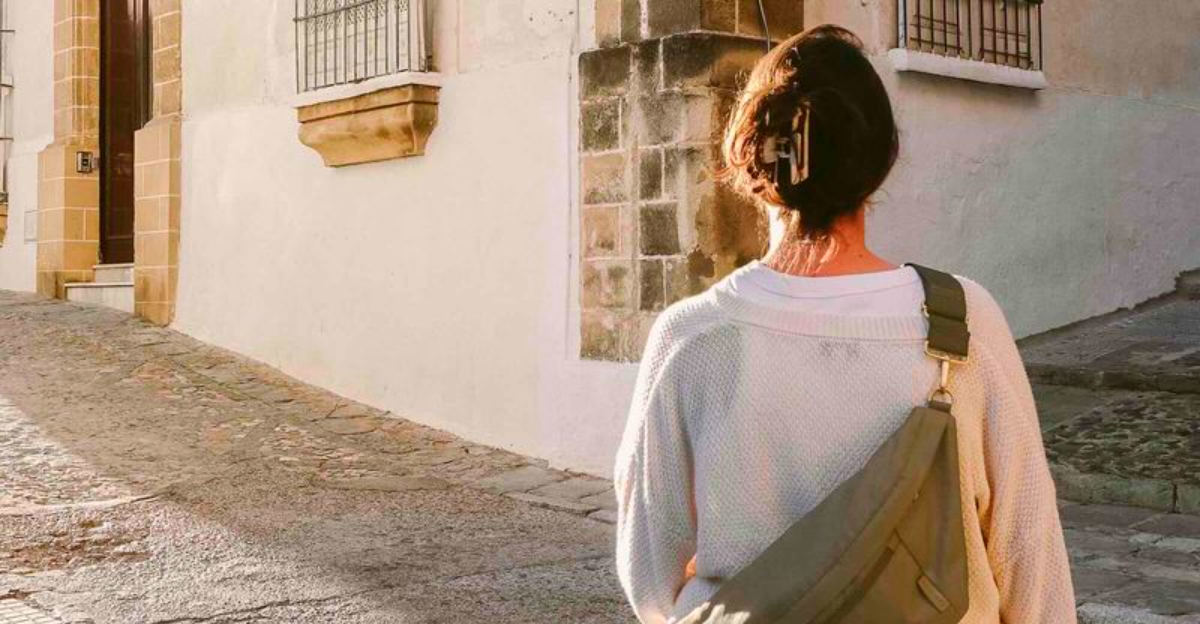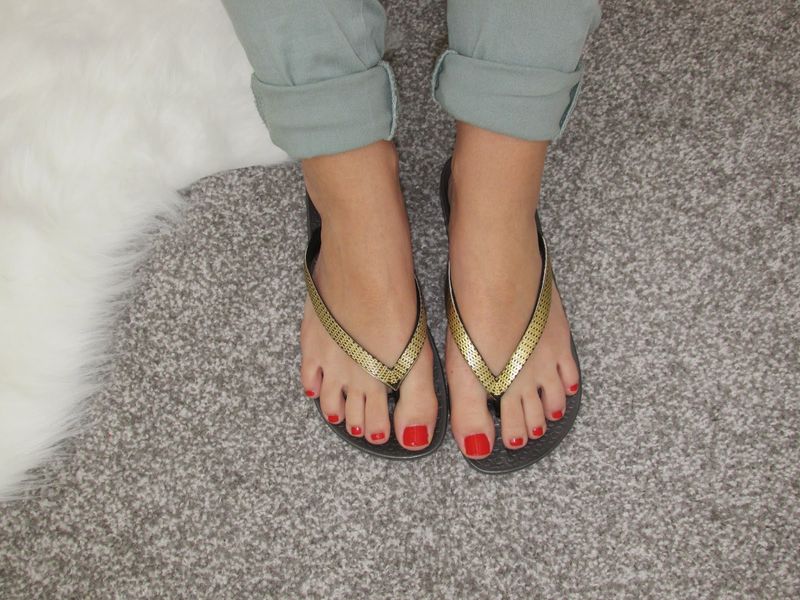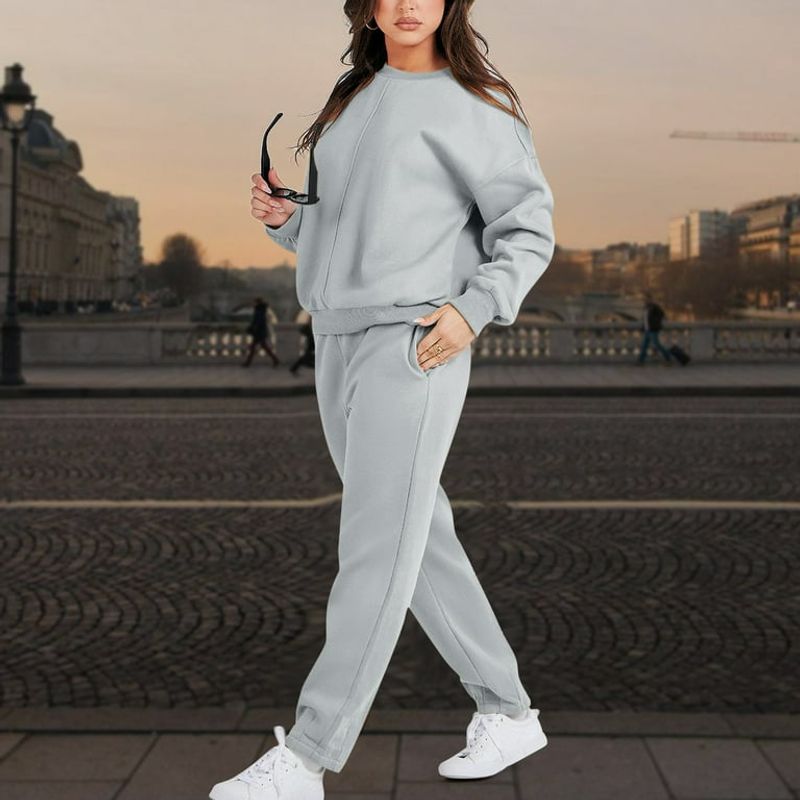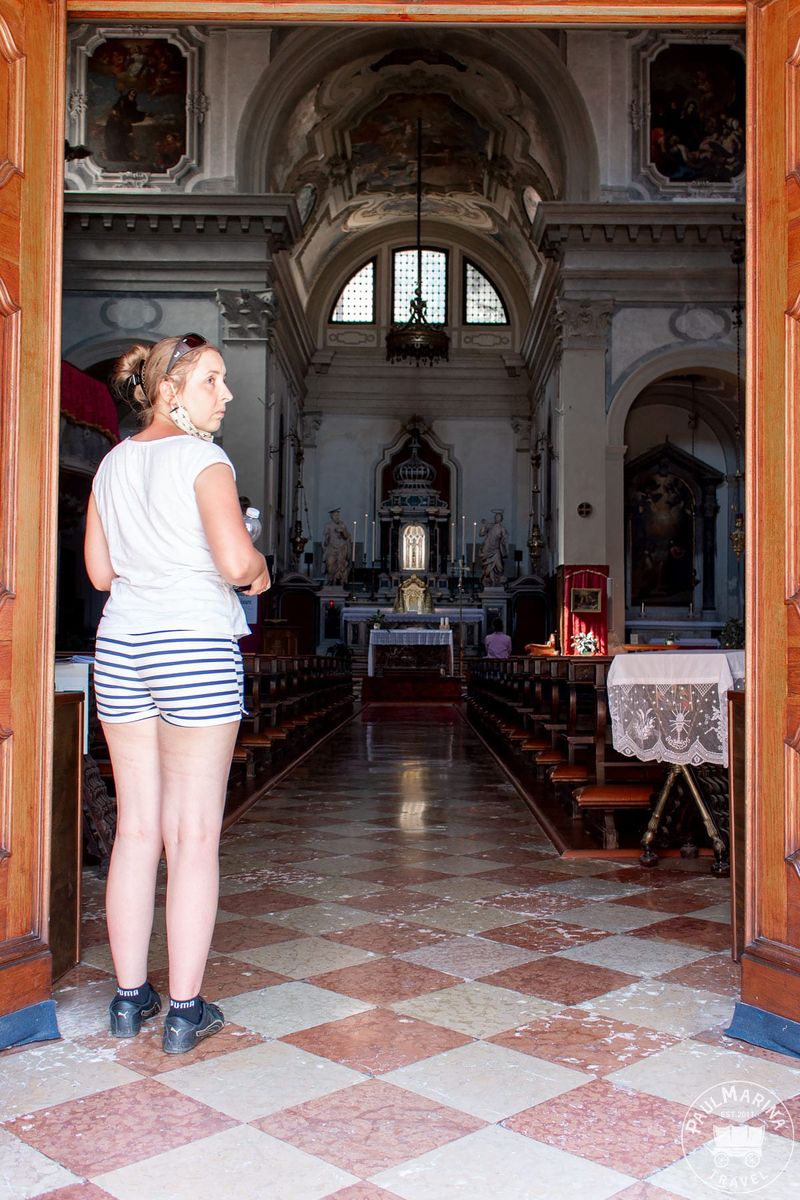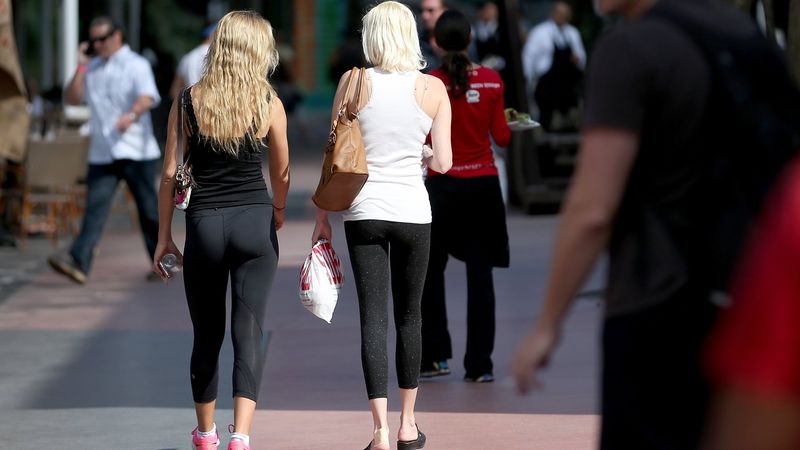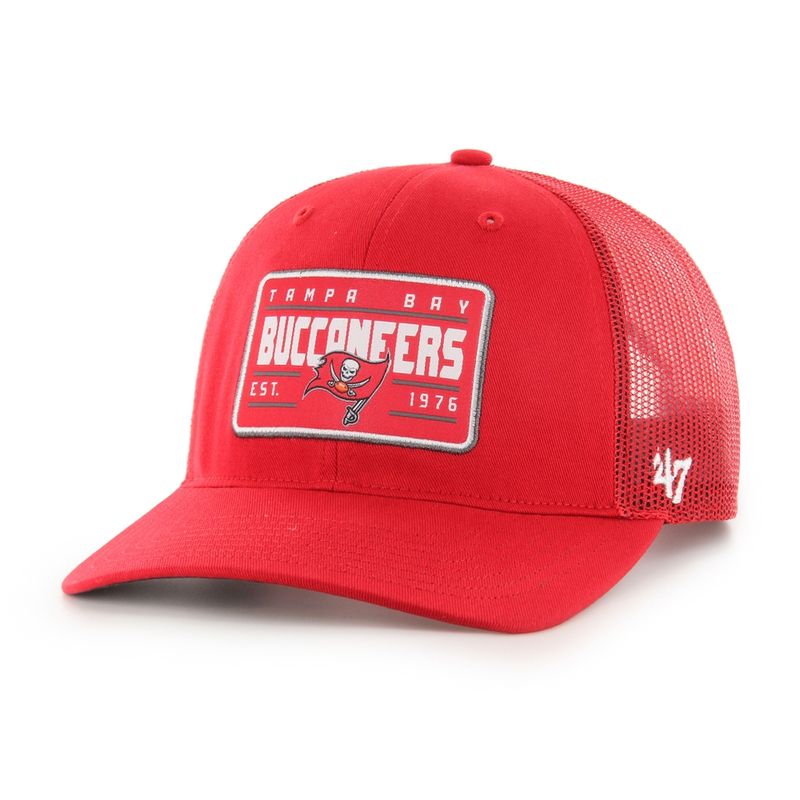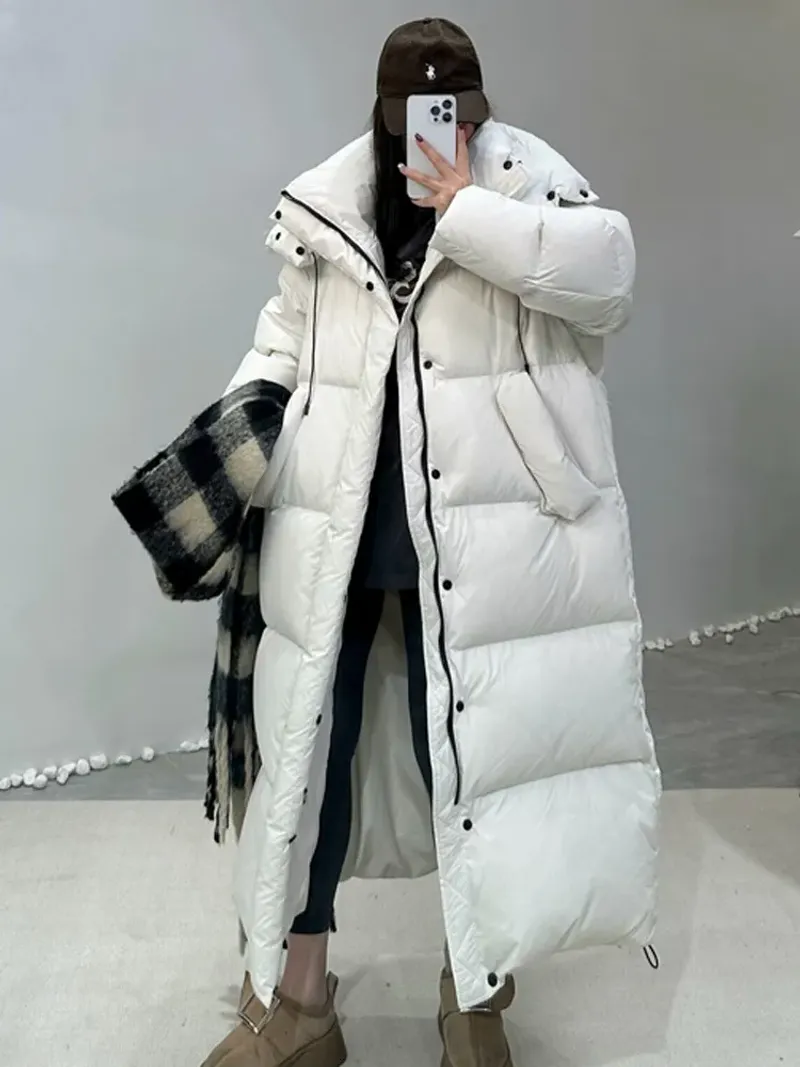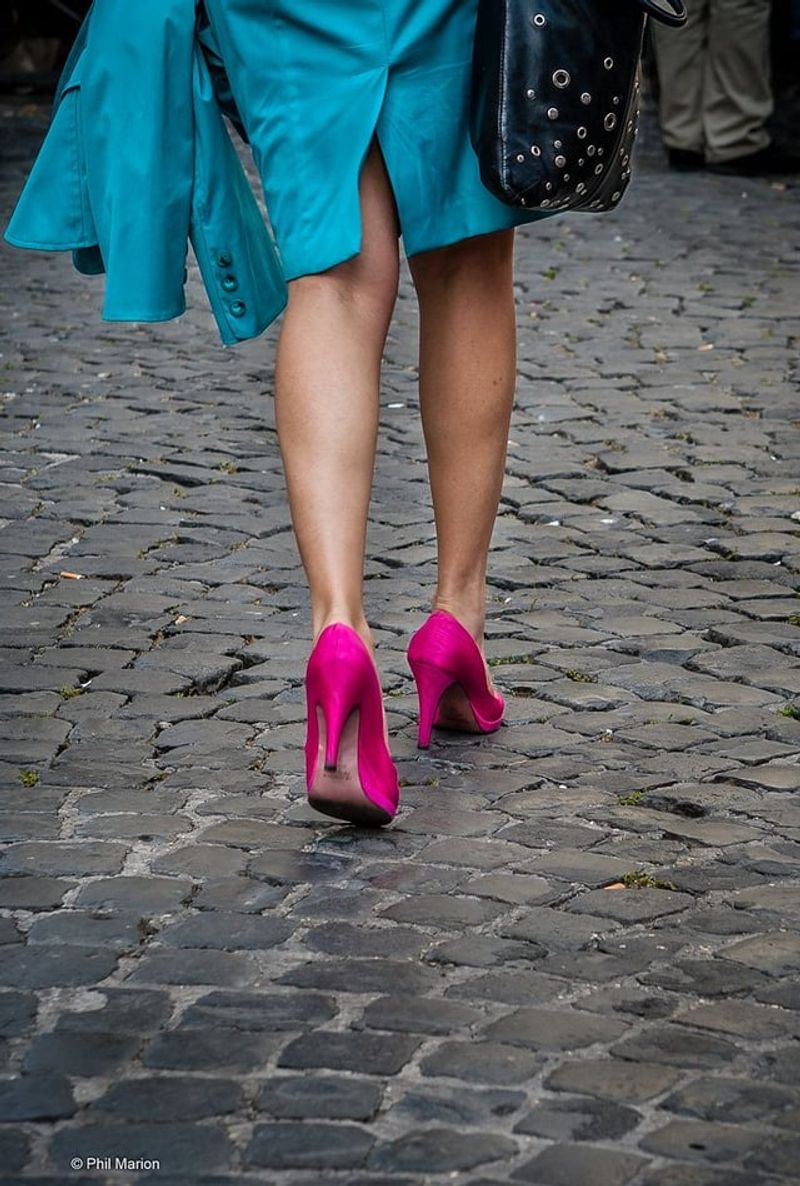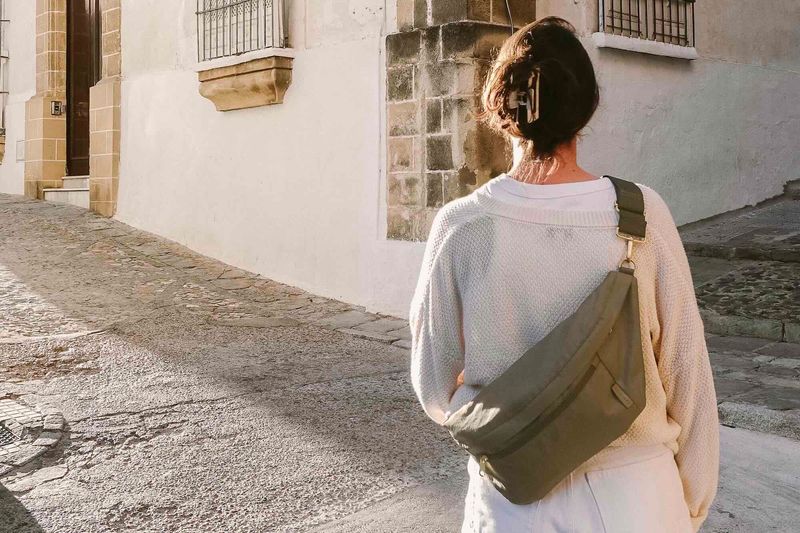<p>Packing for a European fall trip can feel overwhelming, especially when you want to blend in with the locals and stay comfortable. Many travelers make the mistake of bringing clothes that immediately scream “tourist” or simply don’t work well on cobblestone streets and unpredictable weather. This guide will help you avoid common fashion missteps so you can enjoy your trip without standing out for all the wrong reasons.</p>
1. Flip-Flops and Cheap Beach Sandals
<p>Beach sandals might seem like an easy choice for travel, but they’re a terrible idea for European city exploration. Cobblestone streets will destroy your feet within hours, and most museums and public transit systems frown upon such casual footwear.</p>
<p>Your feet deserve better protection when you’re walking miles each day through historic districts. Plus, locals rarely wear flip-flops outside of actual beach settings or hotel pools.</p>
<p>Invest in supportive walking shoes or stylish sneakers instead. Your arches will thank you after a full day of sightseeing, and you’ll blend in much better with the European crowd.</p>
2. Head-to-Toe Athletic Wear and Tracksuits
<p>Europeans generally save their workout gear for actual gym sessions, not everyday sightseeing. Walking around in full athletic outfits—complete with yoga pants, sports bras, and branded hoodies—instantly labels you as a tourist.</p>
<p>The fashion culture across most European cities leans toward put-together casual rather than gym casual. Even on weekends, locals tend to choose jeans, trousers, or casual dresses over athletic wear.</p>
<p>If comfort is your priority, choose stretchy travel pants that look more polished. You can still move freely without looking like you just left a spinning class.</p>
3. Loud Logo T-Shirts and Sports Jerseys
<p>Big, bold logos and sports team jerseys are like wearing a neon sign that says “tourist here!” European fashion tends toward understated elegance, even in casual settings. Oversized branding rarely fits the aesthetic.</p>
<p>Political slogans and university gear can also draw unwanted attention or misunderstandings. Keeping your wardrobe neutral helps you move through crowds more anonymously and comfortably.</p>
<p>Simple, solid-colored shirts or subtle patterns work much better. You’ll photograph better too, without distracting logos competing for attention in every shot.</p>
4. Ripped and Distressed Jeans
<p>What looks edgy and fashionable back home can read as sloppy or careless in many European cities. Even fashion-forward destinations like Paris and Milan tend to favor clean, well-maintained clothing over deliberately damaged denim.</p>
<p>Ripped jeans might also cause problems if you’re planning to visit upscale restaurants or cultural venues. Some establishments have dress codes that specifically exclude overly casual or torn clothing.</p>
<p>Stick with classic dark jeans or chinos for a versatile option. They’ll take you from morning coffee to evening dinner without a wardrobe change.</p>
5. Revealing Clothing and Sheer Tops
<p>Many European churches, cathedrals, and even some upscale restaurants enforce strict modesty rules. Bare shoulders, midriffs, and short hemlines can get you turned away at the door of major tourist attractions.</p>
<p>Carrying a lightweight scarf or cardigan solves this problem instantly. You can cover up when needed and still stay comfortable during warmer afternoon hours.</p>
<p>Beyond religious sites, overly revealing clothing can attract unwanted attention in public spaces. Dressing more conservatively often means a more relaxed and respectful travel experience overall.</p>
6. Leggings Worn as Pants
<p>Across much of Europe, leggings simply aren’t considered appropriate as standalone pants unless paired with a longer tunic or dress. What feels normal in North America can look underdressed or overly casual in European settings.</p>
<p>If you love the comfort of leggings, layer them under a knee-length top or dress. This styling trick keeps you comfortable while meeting local fashion standards.</p>
<p>Travel pants made from similar stretchy materials but cut like actual trousers offer the best compromise. They provide comfort without the fashion faux pas.</p>
7. Baseball Caps with Team Logos
<p>Baseball caps—especially those with team logos or slogans—are a dead giveaway that you’re not local. Europeans tend to favor berets, neutral fedoras, or simple knit caps during fall weather.</p>
<p>Bucket hats and other obvious tourist headwear have similar problems. They mark you as a visitor and can make you a target for pickpockets or overeager street vendors.</p>
<p>If you need sun protection, choose a neutral-colored hat without branding. A simple wool cap or elegant scarf works beautifully for fall weather and blends seamlessly with European style.</p>
8. Bulky Down Puffer Jackets
<p>Unless you’re headed to Scandinavia in late November, massive down puffers are usually overkill for European fall weather. They make you look unprepared and take up precious luggage space.</p>
<p>Europeans favor sleek wool coats, tailored trench coats, or layerable jackets that look polished while providing adequate warmth. These options pack better and transition easily from day to evening.</p>
<p>Layering is the secret to European fall dressing. A good base layer, sweater, and weather-resistant jacket will serve you far better than one bulky coat.</p>
9. High Stiletto Heels and Fragile Footwear
<p>Cobblestones are the natural enemy of stiletto heels. One wrong step can twist an ankle, break a heel, or send you tumbling on slippery autumn streets.</p>
<p>European cities involve tons of walking, often on uneven medieval streets that weren’t designed for modern footwear. Open-toed heels also leave your feet vulnerable to rain and cold.</p>
<p>Stylish ankle boots with block heels or elegant flats are much smarter choices. You’ll still look put-together while actually being able to enjoy your sightseeing without limping back to your hotel.</p>
10. Large Backpacks for City Exploration
<p>Carrying a huge backpack through crowded European streets immediately marks you as a tourist and makes you a prime target for pickpockets. You can’t see what’s happening behind you, and thieves know it.</p>
<p>Big backpacks also create problems on public transit, in cafes, and inside museums. You’ll constantly bump into people and struggle with tight spaces.</p>
<p>Crossbody bags or small sling bags are infinitely more practical for daily exploration. They keep your valuables visible and accessible while maintaining a lower profile among the locals.</p>
